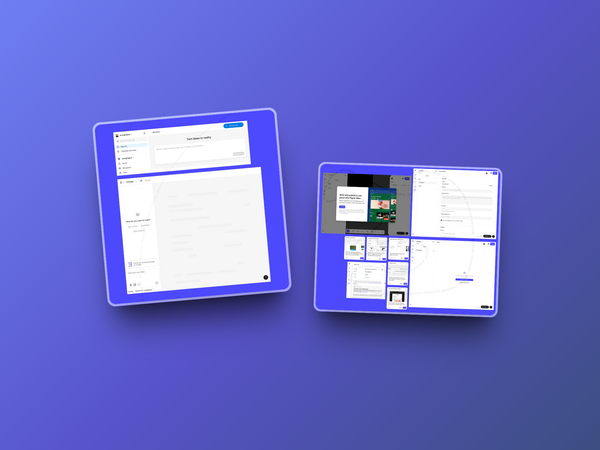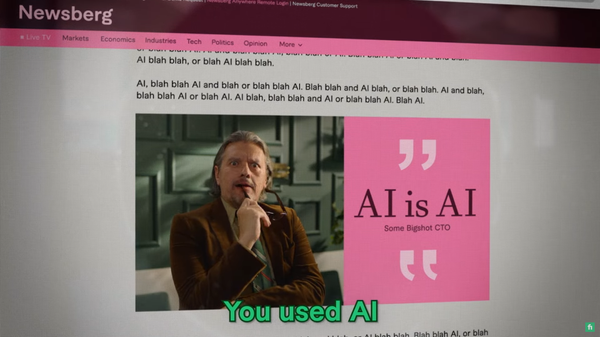TL;DR: Leaked information suggests Figma is developing its own app and website creation tool, positioning it as a direct competitor to platforms like Framer and Webflow. We explore the rumored features, the strategic rationale, and the significant questions this potential pivot raises within the design community.
Figma's Potential Leap: From Design Hub to App Builder?
Recent developments suggest Figma might be planning a significant expansion beyond its established design territory.
Based on leaked information and screenshots (initially highlighted by wongmjane on X/Twitter), Figma appears to be developing capabilities that position it directly in the app and website building space, challenging established tools like Framer and Webflow.

The speculation centers around a new feature set reportedly allowing users to design responsively, utilize pre-built components, add basic interactions, and potentially launch websites or applications directly from Figma.
Adding another layer of intrigue, there are indications of AI integration, possibly using models like Claude Sonnet, which could help generate functional outputs from text prompts, existing Figma files, or images.
Strategic Moves or Overreach?
Why would Figma venture down this path? From a strategic perspective, it could be seen as a move to consolidate the workflow.
Many design teams currently create interfaces in Figma before exporting or rebuilding them in separate development or no-code platforms.
By integrating building capabilities, Figma could aim to retain users within its ecosystem for the entire process, from conception to deployment.
Observing the trend of designers moving swiftly to tools like Framer – sometimes bypassing extensive Figma prototyping – likely spurred this consideration.
The internal logic might be: if users are leaving to build elsewhere, why not offer those capabilities in-house?

However, this potential shift is prompting considerable discussion and a number of critical questions within the design and development communities.
A primary concern revolves around output flexibility and potential lock-in. Will users be able to export clean, usable code, or will projects be tethered to Figma's hosting environment? This is a crucial point for professional workflows.
Pricing strategy is another unknown.
Given recent pricing adjustments by Figma, there's apprehension about whether this new functionality would be an expensive addition and how its value proposition would stack up against mature competitors and newer, agile tools.
Looking Ahead
Figma has consistently shown a willingness to experiment, particularly with AI. Bridging the gap between design and a functional product is undeniably ambitious and addresses a real industry desire for streamlined workflows.
Yet, the move isn't without risks. Expanding scope so significantly could alienate core users who value Figma for its design prowess above all else.
It represents a potential turning point: will Figma successfully evolve into a more comprehensive platform, or will it risk diluting its focus and impact?
Currently, this remains speculative, based on unofficial information. An official announcement from Figma will be necessary to clarify the reality, scope, and details of these plans.
Until then, the implications of Figma potentially stepping into the app building arena remain a major topic of discussion.









